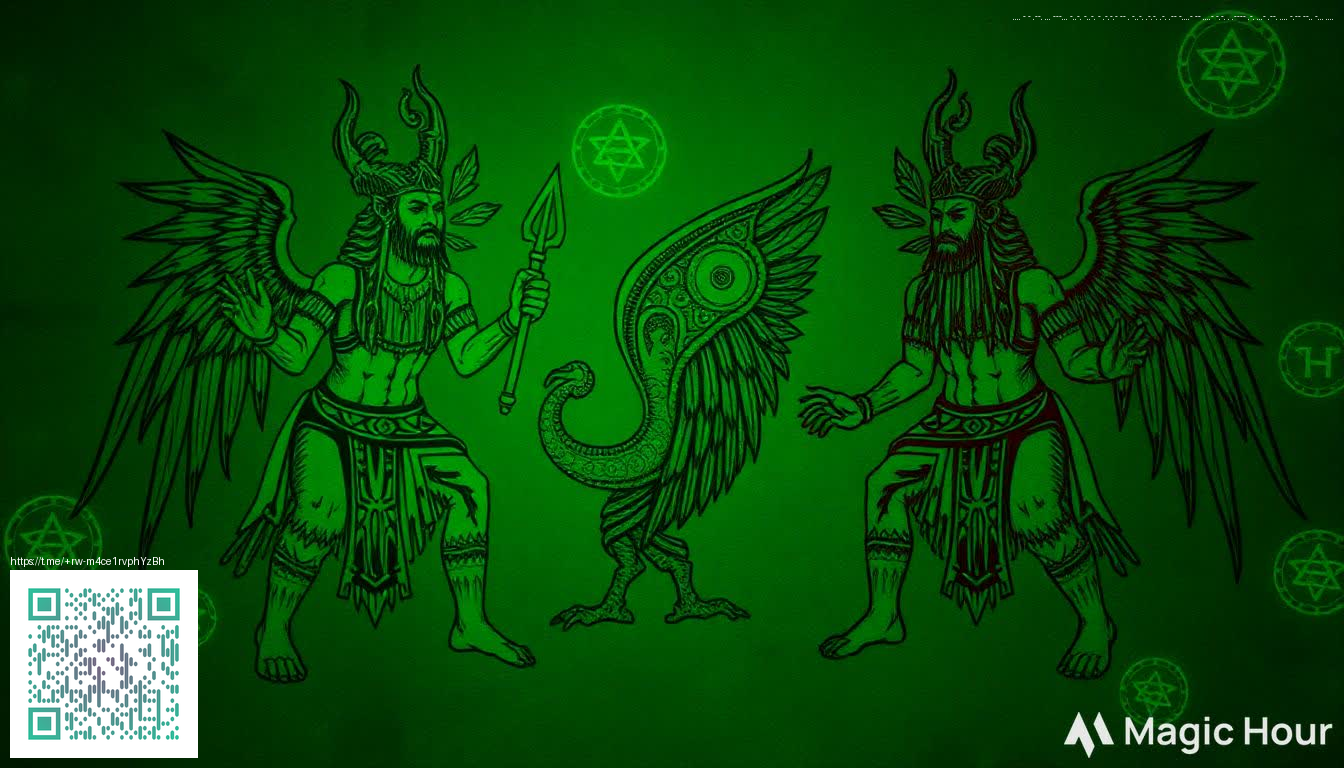Best Sega Genesis Platformers You Need to Try Now
The Sega Genesis era is synonymous with rush-hour reflexes, punchy soundtracks, and level designs that still feel fresh today. Among the cartridge shelves, platformers stood out for their tight controls, clever pacing, and willingness to reward experimentation. If you grew up hammering through Green Hill Zone or chasing secret paths in sprawling stages, you know how these games carved out a lasting place in gaming culture. This guide revisits the era’s standout platformers and explains why they continue to inspire modern playstyles.
Iconic picks that still shine
- Sonic the Hedgehog (1991) — Fast-paced momentum is the heartbeat here. The level design rewards you for speed, but it also tests precision on tricky loops and bottomless pits. A playground for players who love both timing and exploration.
- Sonic the Hedgehog 2 (1992) — Builds on the original with more routes, a memorable spin-dash mechanic, and bigger, more varied stages. It’s often cited as the peak of early Genesis platforming.
- Gunstar Heroes (1993) — Not a pure platformer, but its platforming sequences are outstanding within a run-and-gun framework. The stage variety, cooperative play, and sense of momentum make it a timeless favorite.
- Earthworm Jim (1994) — Quirky, inventive, and surprisingly challenging. Its stages bend expectations with creative humor, unique gadgets, and boss battles that demand memorization and reaction.
- Castlevania: Bloodlines (1994) — A more mature take on action-platforming, blending gothic atmosphere with precise combat and smart stage design. Boss encounters are memorable and fair with persistent practice.
- Sparkster (1994) — High-speed platforming with flashy weapon systems and tight controls. It’s a challenging but rewarding ride for players who crave speed and precision in equal measure.
Platforming, at its best, is about tempo—moments of blazing speed punctuated by careful jumps, wall climbs, and enemy patterns that reward practice.
What makes a great Genesis platformer in 2025
Looking back, the best titles excel at a few timeless design pillars. Here’s what to look for when you replay these classics or seek out modern remakes and compilations:
- Responsive controls: The difference between a perfect run and a frustrating stumble often comes down to how well your input translates to character movement. Subtle delays can ruin a run.
- Inventive level design: Memorable stages mix verticality, hidden paths, and varied pacing. A great level teaches you new tricks without feeling unfair.
- Balanced difficulty: A game should challenge you but reward persistence—especially in boss fights that demand pattern recognition and timing.
- Character and weapon variety: Different tools of the trade keep the experience fresh, offering multiple routes through a level and encouraging replayability.
- Atmosphere and art direction: The bold color palettes and distinct silhouettes of Genesis games hold up, helping players feel immersed in each world even decades later.
As you dive back into these titles, practical setup can be just as important as the game itself. For players who like to game on the go or in between sessions, a reliable phone case helps keep your gear protected. The Tough Phone Case — Shockproof TPU/PC Shell for iPhone & Samsung is a solid companion choice, offering rugged protection so you can focus on flawless runs rather than worry about accidental drops during a marathon boss gauntlet. It’s a small piece of hardware care that pays off when you’re chasing perfect frames or testing out new routes in a retro classic.
For a broader context and additional retro-gaming perspectives, you can explore this page: https://cryptodegen.zero-static.xyz/ef7b3232.html.
